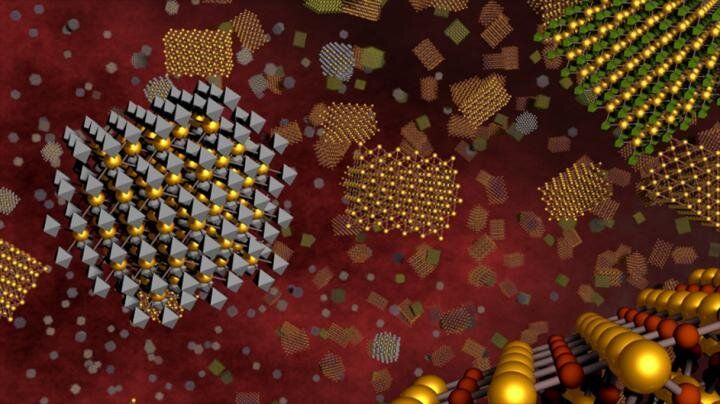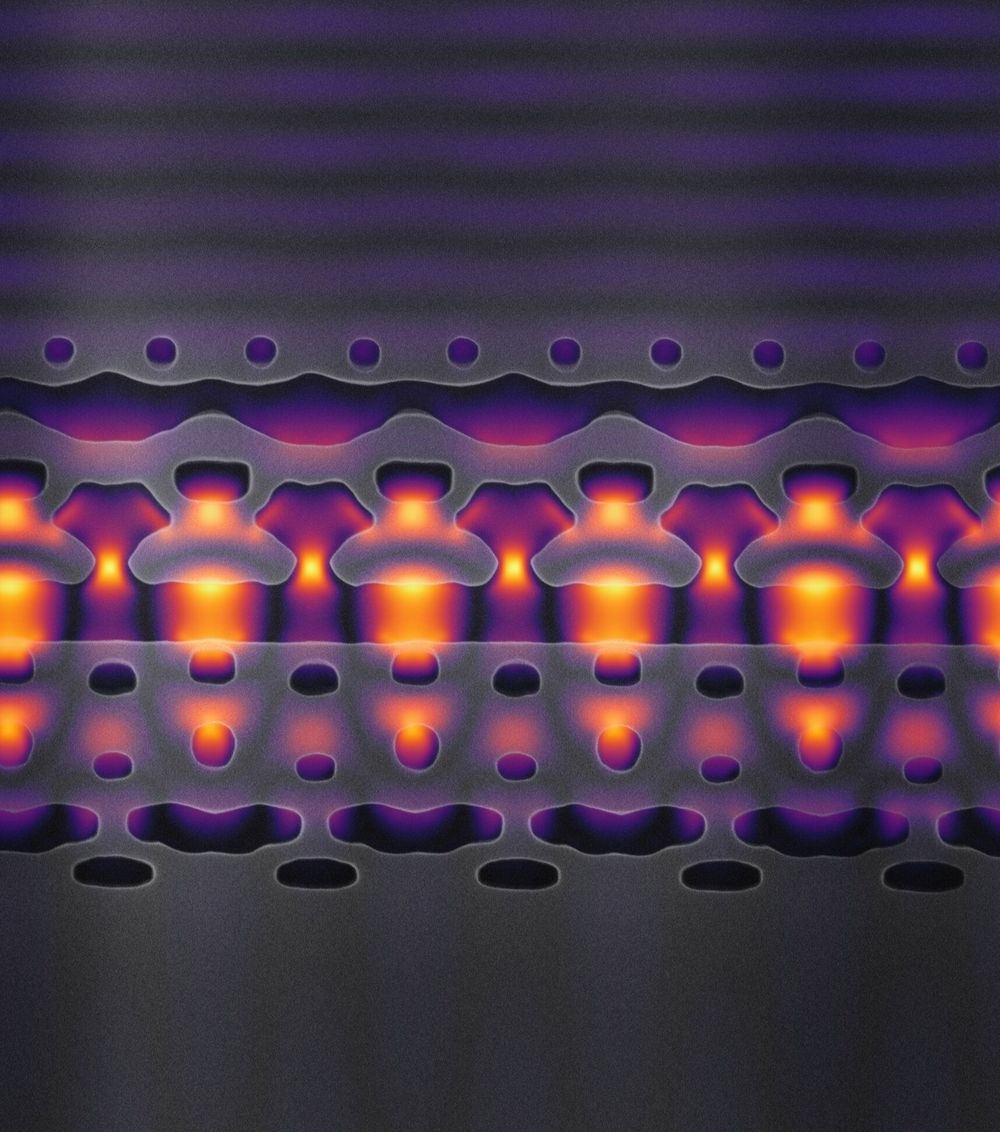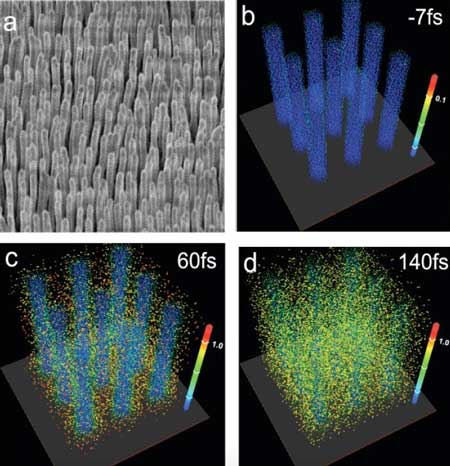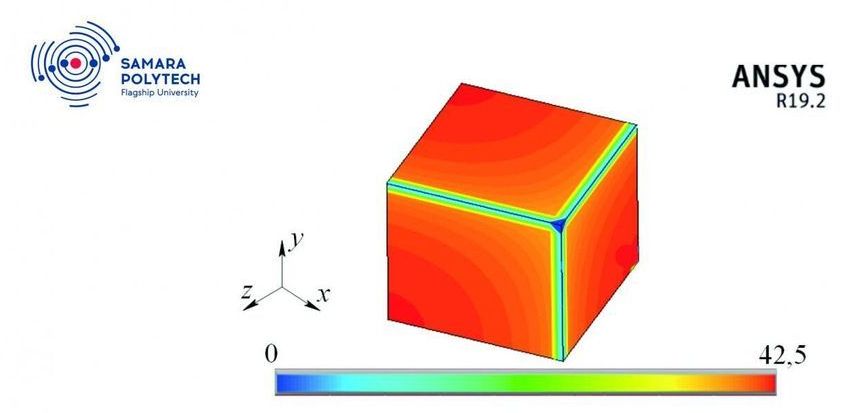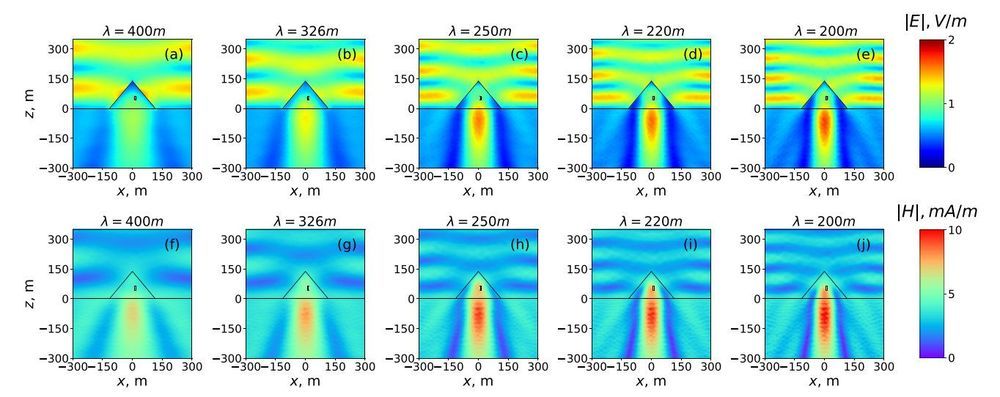We often hear this word used in Transhumanist (H+) discussions, but what is meant by it? After all, if H+ is about using scitech to enhance Human capabilities via internal modifications what does it mean to go beyond these? In the following I intend to delineate possible stages of enhancement from what exists today to what could exist as an endpoint of this process in centuries to come.
Although I have tried to put it in what I believe to be a plausible chronological order a great deal depends on major unknowns, most especially the rapidity with which Artificial Intelligence (AI) develops over the next few decades. Although AI and biotech are at present evolving separately and in parallel I would expect at some point fairly soon for there to be a massive crossover. Exactly how or when that might happen is again a moot question. There is also a somewhat artificial distinction between machines and biology, which exists because our current machines are so primitive. Once we have a fully functioning nanotechnology, just like Nature’s existing nanotech (life), that distinction will disappear completely.

